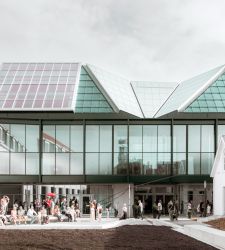
BRUSK, a large open house destined to become the innovative hub of the future Bruges Museum Quarter and to redefine the way the city relates its art-historical heritage to the most advanced visions of contemporary creativity, will open in Bruges in 2...
Read more...
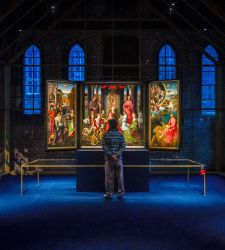
Bruges, the iconic city of Flanders, is home to one of the oldest and best-preserved health institutions in Europe: theHospital of St. John, or Sint-Janshospitaal. Founded around the middle of the 12th century, with the earliest documentation dating ...
Read more...
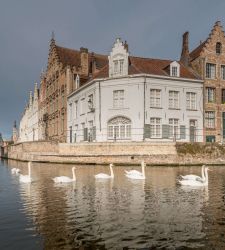
The city of Bruges, in Flanders, has held a prominent position among the most significant centers in Europe for centuries. Its extraordinary historical richness is eloquently reflected in the many works of art created by the artists who chose this ci...
Read more...
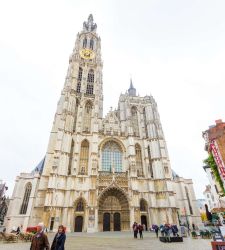
Flanders presents itself as a vast diffuse museum, a cultural network in which art places are not simply containers, but focal points connected by an extraordinary "red thread." It is on the basis of this idea that the Flemish government, through the...
Read more...

St. Bavon Cathedral in Ghent, locally the "Sint-Baafskathedraal," besides being the city's main religious building in Flanders is also one of the best examples of Brabantine Gothic. Its history has distant roots and begins in the 10th century: as ear...
Read more...
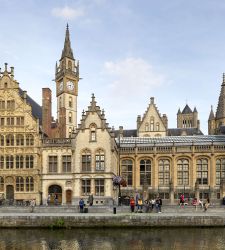
Ghent is one of the most beautiful cities in East Flanders, Belgium, and is a place where artistic history can be felt at every corner: in churches, squares, museums, contemporary galleries,. Here ancient artistic heritage coexists with the most mod...
Read more...
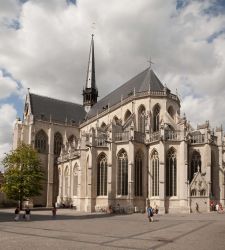
In the central Grote Markt, the central square of the city of Leuven (Leuven), in Flanders, stands the collegiate church of St. Peter (Sint-Pieterskerk), one of the greatest masterpieces of the Brabant Gothic: a monument so precious that it was dec...
Read more...
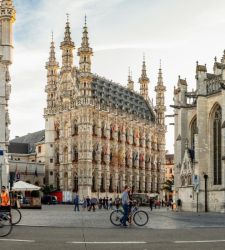
In the heart of Flemish Brabant, a city where centuries-old heritage and a lively student atmosphere come together in an experience with few equals: Leuven (Leuven, or Louvain), just 30 kilometers from Brussels, a city of artistic wonders, home to on...
Read more...







